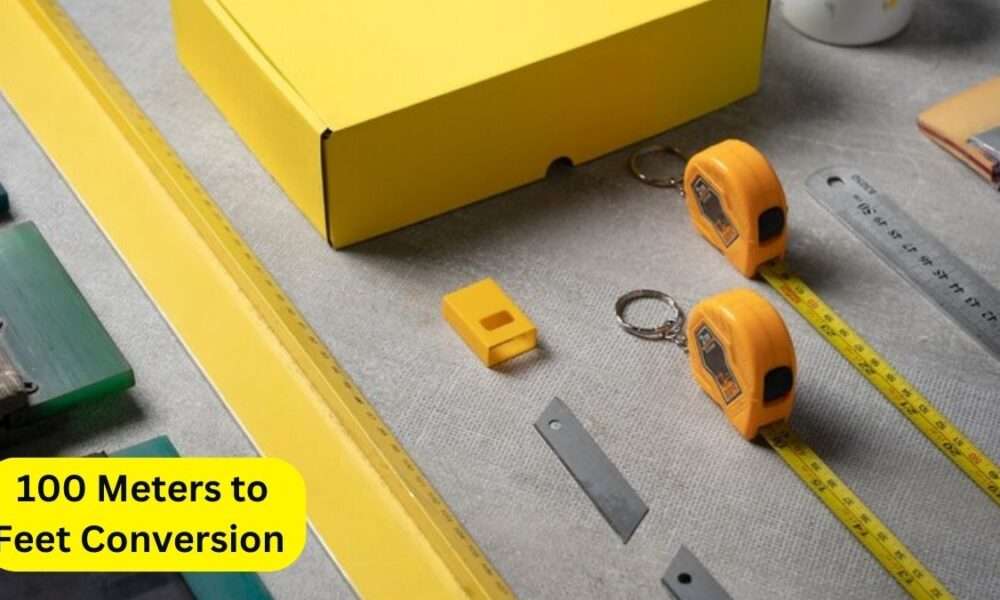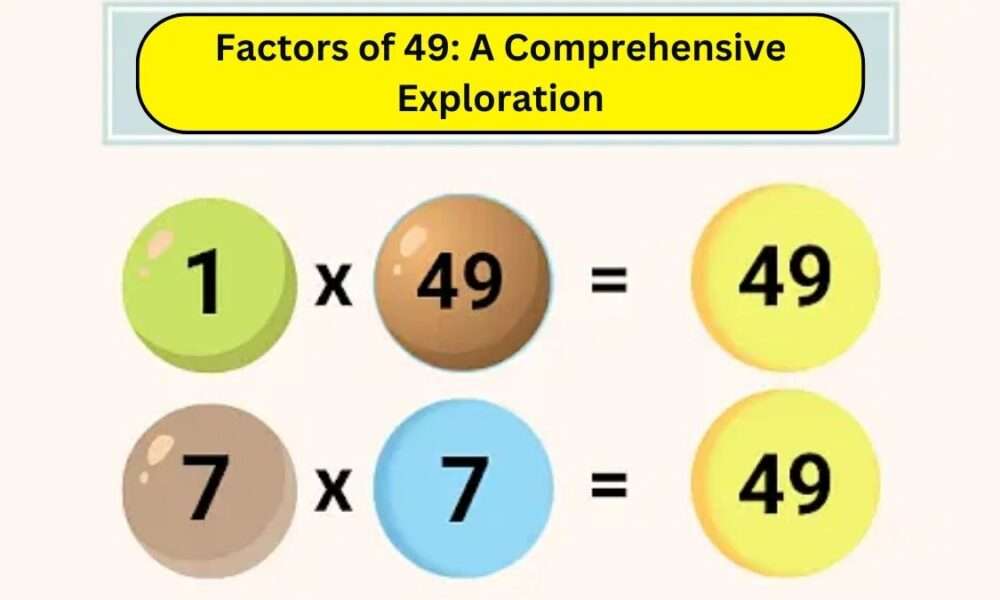In the realm of measurements, conversions play a crucial role in making sense of varying units. Whether you’re into sports or engineering, understanding how to convert meters to feet can be immensely valuable. This article will take you through the ins and outs of 100 meters to feet conversion and why it matters.
Why 100 Meters to Feet Conversion
Before delving into the conversion itself, it’s essential to grasp why these 100 Meters to Feet Conversion are so significant. In a world where different units of measurement exist, conversions bridge the gap. They allow us to communicate effectively, work across borders, and understand measurements in a universal language.
The Basics
What is a Meter?
A meter is the base unit of length in the International System of Units (SI). It’s defined as the distance that light travels in a vacuum during 1/299,792,458 seconds. In simpler terms, it’s about the length of a baseball bat.
Understanding Feet
Feet, on the other hand, are commonly used in the United States and a few other countries. It’s part of the Imperial system of measurement. One foot is equivalent to 0.3048 meters.
Conversion Formula
100 Meters to Feet Conversion, you can use a straightforward formula:

In this case, 100 Meters to Feet Conversion:

Practical Applications
Sports
Understanding meters to feet conversion can be crucial in the world of sports. In track and field, the 100 Meters to Feet Conversion dash is a widely recognized event. Knowing the equivalent distance in feet helps athletes and coaches communicate and plan effectively.
Construction
For engineers and builders, knowing how to convert meters to feet is essential. It ensures that measurements are accurate and compatible with building standards, which are often expressed in feet and inches.
Aviation
The aviation industry relies heavily on the Imperial system. Knowing how to convert between meters and feet is vital for pilots, air traffic controllers, and everyone involved in aviation operations.
Benefits of This Knowledge
Improved Communication
By understanding these conversions, you’ll be able to communicate effectively with people using different measurement units. It avoids misunderstandings and errors.
Enhanced Career Prospects
In various professions, including science, engineering, and international business, familiarity with these conversions is a valuable skill. It can set you apart in the job market.
Personal Enrichment
Even in everyday life, knowing how to convert units can be helpful. From cooking to DIY projects, this knowledge can make tasks easier and more precise.
Additional Conversions
Converting Other Lengths
While we’ve focused on 100 Meters to Feet Conversion, it’s important to note that this process can be applied to any length in meters. You can use the same conversion factor of 3.28084 to convert meters to feet. For example, to convert 50 meters to feet, you’d multiply 50 by 3.28084, resulting in 164.04 feet.
Converting Back to Meters
Another frequent need to 100 Meters to Feet Conversion. All you need to do is make a change. Divide the length in feet by 3.28084 to get the equivalent length in meters. For instance, dividing a measurement of 200 feet by 3.28084 yields a value of around 60.96 meters.
Beyond Linear Conversions
Remember that conversions aren’t just possible for linear quantities like length. You could need to convert between different units in a variety of disciplines, such square meters and square feet or cubic meters and cubic feet, or even more complicated conversions like temperature, volume, or weight. Under these circumstances, distinct conversion factors are used to every unit.
Conversion Tools
With the advent of technology, converting units has become incredibly convenient. There are numerous conversion tools and apps available online and for mobile devices. These tools make conversions swift and accurate. Simply input the value in one unit, select the desired output unit, and let the tool do the math for you.
The Global Transition
The metric system, which uses the meter as its basic unit, is being adopted worldwide gradually. Although many businesses, particularly those with worldwide relations, are transitioning to the metric system, the Imperial system—which employs feet—remains common in the United States. The demand for worldwide uniformity, streamlined computations, and ease of communication is a major force behind this shift.
Conclusion
In a world with diverse units of measurement, knowing how to convert between them is a valuable skill. 100 Meters to Feet Conversion is a straightforward process, but the implications are far-reaching. It improves communication, career prospects, and enriches your personal life.
FAQs
How did the meter and foot originate as units of measurement?
The meter has its origins in the French metric system, while the foot has historical roots in various cultures, including the Roman and English systems.
Why do some countries use meters, and others use feet?
Different countries have historical and cultural reasons for using specific measurement systems. The adoption of the metric system is often linked to standardization and international cooperation.
Can I use online tools for conversions instead of doing they manually?
Yes, there are numerous online conversion tools available that can quickly convert meters to feet and vice versa.
Are there any rounding considerations when converting between meters and feet?
When converting between meters and feet, it’s common to round to a practical number of decimal places to ensure clarity and precision.
Why is the conversion factor for meters to feet not a round number?
The conversion factor from meters to feet is derived from the definition of the meter in the SI system, which is based on the speed of light in a vacuum. It results in the somewhat irregular conversion factor of 3.28084.
Read More: Techburneh.com










